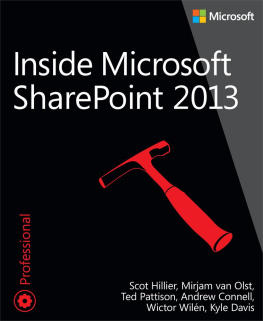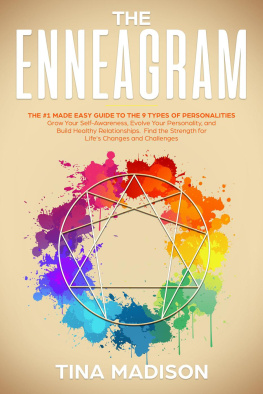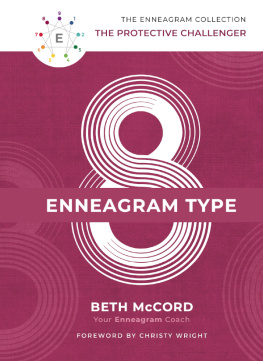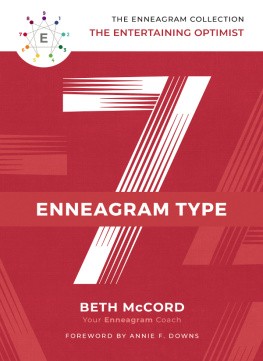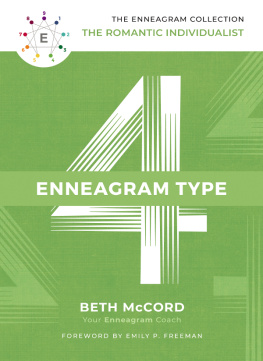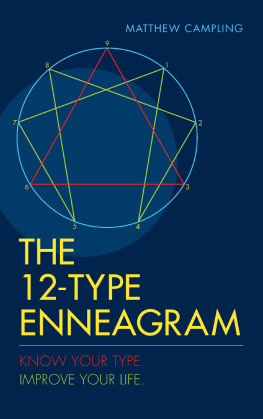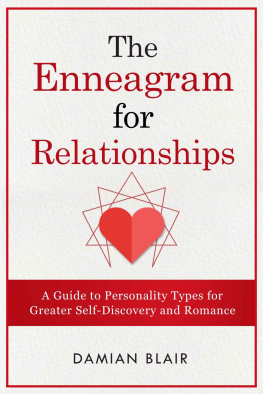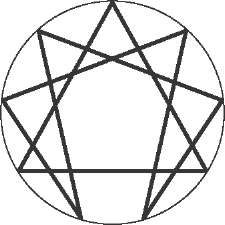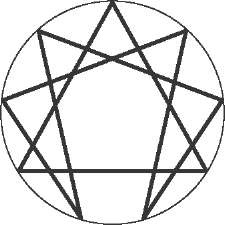TEENEAGRAM
Identity Search Made Easy
Randy Winston Hillier
Copyright 2016 by Randy Winston Hillier.
Library of Congress Control Number: 2016912497
ISBN: Hardcover 978-1-5245-2942-0
Softcover 978-1-5245-2941-3
eBook 978-1-5245-2940-6
All rights reserved. No part of this book may be reproduced or transmitted
in any form or by any means, electronic or mechanical, including photocopying, recording, or by any information storage and retrieval system,
without permission in writing from the copyright owner.
This is a work of fiction. Names, characters, places and incidents either are the
product of the authors imagination or are used fictitiously, and any resemblance
to any actual persons, living or dead, events, or locales is entirely coincidental.
Any people depicted in stock imagery provided by Thinkstock are models,
and such images are being used for illustrative purposes only.
Certain stock imagery Thinkstock.
Rev. date: 09/28/2016
Xlibris
1-888-795-4274
www.Xlibris.com
735228
CONTENTS









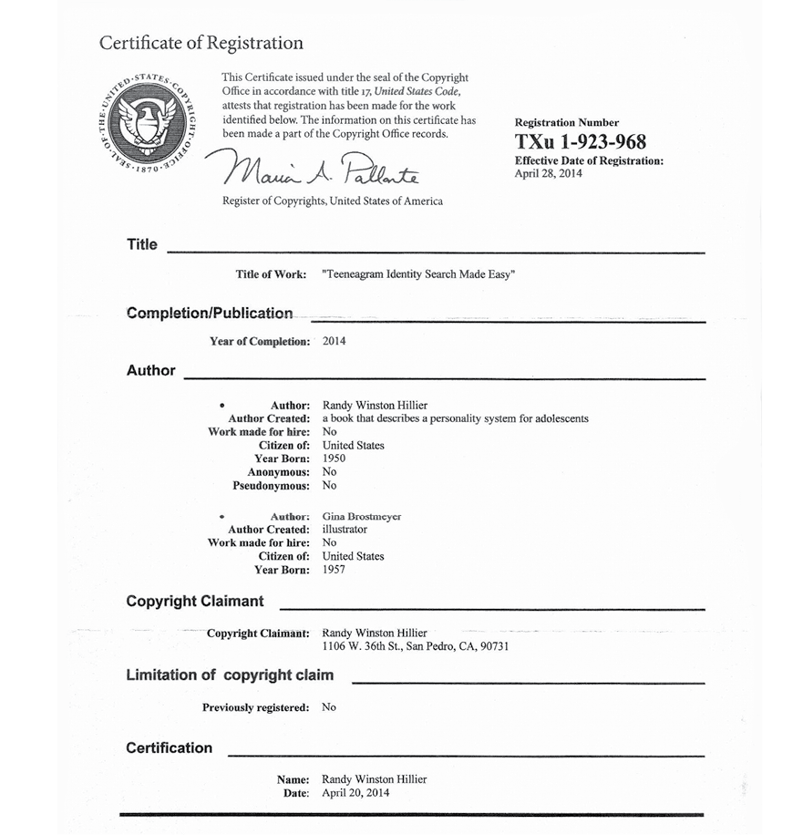
Dedicated to:
my son Aaron,
who always challenged me
to find a better way.
And to Robin who was
always by my side.
Acknowledgements
This book is a result of many helpful hands. I am foremost indebted to my adolescent/ young adult patients, who in their developing interest of the Enneagram, supported me in writing a book that would target a younger audience. I am deeply appreciative of the creative work of Gina Brostmeyer in developing the original illustrations and to my sister, Leslie Winston who devoted endless hours editing the material up until the book went to press.
I want to thank family, friends, and colleagues for their encouragement and ongoing support and feedback. To my original teachers and mentors, Helen Palmer and David Daniels, who introduced me to this work in 1986.
And lastly, I want to extend my appreciation to my amazing team at Xlibris Publishers who have provided me with a professional, generous, and cooperative working relationship over this past year.
PREFACE
Im not strange, weird off, nor c razy,
my reality is just different than y ours.
Lewis Car roll
Adolescence offers a world mixed with excitement, challenge, and wonder. As you begin the daunting task of understanding yourself, you will experience periods during which you are likely to feel misunderstood, lonely, and self-conscious.
As I prepared myself to write these pages, I took the opportunity to reread my journals and poetry from my teen and young adult years. What struck me as interesting was how familiar I appeared to myself after all this time. I recognized in my writing that I was querulous and curious, dramatic and chaotic, and intense and moody. Now forty-five years later, what I am today is actually not that different from who I was back then. The primary difference is how I manage and deal with myself and my reactions. I hardly knew as a teen the many aspects of my identity and how they would one day become integrated.
My search for identity has been an ongoing quest. I took the career track of becoming a psychotherapist, so I immersed myself in the study of self, interpersonal relationships, communication, and all the other intriguing material offered at that time. I also had some basic understanding of meditation and what was called self-observation practices. Today it is referred to as mindfulness practice.
In my study over the years, I had some idea that personality can and does mask the real self, and many books discussed the importance of becoming ones own actualized person. Secretly, I never fully understood what the authors were talking about. There were many descriptions about false personality and theories on how to develop ones authentic self. Yet I never found that the readings completely addressed what was going on inside of me. The worries, preoccupations, and habits stayed basically the same, even if the objects of my attention changed. I always suffered in similar ways. It was a painful, repetitious cycle.
Would you tell me please, which way I ought to go from here?
That depends a good deal on where you want to get to, said the Cat.
I dont much care where, said A lice.
Then it doesnt matter which way you go, said the Cat.
So long as I get somewhere, Alice added as an explana tion.
Oh, youre sure to do that, said the Cat, if you only walk en ough.
Lewis Car roll
When I discovered the Enneagram, now written for teens as Teeneagram , I realized that I had discovered an amazing road map that would offer me a way to understand my developing self and identity. I am forever grateful to having learned this powerful system as a way of seeing and paying attention to myself and others.
INTRODUCTION
But if Im not the same, the questio n is,
Who in the world am I?
Ah, thats the great pu zzle!
Lewis Car roll
The Teeneagram is an internal operating system and will help you navigate your way in the world. Since your OS (operating system) is the basic structure that supports your personality type, you will learn that your inner life is fully connected to how you live, interact, communicate, and behave in the world.
Who are you? said the Caterpi llar.
This was not an encouraging opening for a conversa tion.
Alice replied, rather shyly, I-I hardly know, sir, just at presentat l east
I know who I was when I got up this morning, but I think I must have
changed several times since then.
Lewis Car roll
Had Alice known the Teeneagram , she would have learned that since attention does shift, that one does alter at particular times. However, how one shifts is specific to each Teeneagram point. The movement follows a pattern that is built into the system. The Teeneagram offers us a tool to observe ourselves and specifically teaches us what we need to pay attention to in order to grow. Since we all struggle with aspects of ourselves, it helps identify our style of attention in order to make the necessary changes to overcome our unhappiness and pain. The steps are as follows: spend time inside yourself and use the Teeneagram as your road map, identify your Teeneatype point, and observe over time how this type plays out in your life. As you use the system, you will begin to identify patterns and habits that offer you additional insight into your inner self and the reasons you react the way you do.
Next page

